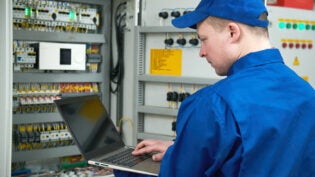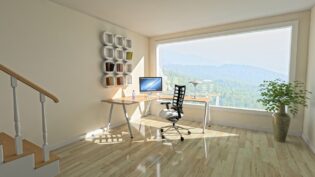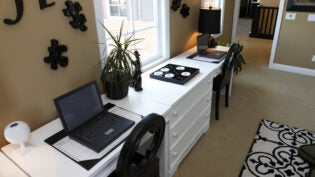
Small business owners have a wide range of options when it comes to setting up a physical location for their business. It can be a complicated decision, featuring significant amounts of planning and studying to find the optimal spot. After all, options range from having an office in the home all the way up to a manufacturing plant. Your facility requirements and costs should be included in your business plan, but the actual location can be a far more complex issue than just those things, and it can take months to complete. As a result, you need to devote enough time to the question to be able to complete any projects on time and start your business promptly.
Location, Location, Location
If you’re not going to be using your home as the office for your business, then you’ll need to find a right physical location for your business. A few of the factors you’ll need to weigh when looking at locations include:
- Access to Target Customers;
- Customer Visibility;
- Traffic Patterns;
- Zoning Ordinances;
- Signage Restrictions; and
- New versus Existing Construction.
If your business is particularly concerned with customer visibility and traffic patterns, you’ll need to get a professional site analysis, a service available from realtors and consultants. If you’re operating a franchise, the franchisor might have a real estate department available to help you with choosing the right physical location.
Your location will also be impacted by local laws, as zoning ordinances in particular are likely to set limits to building design, exterior signage, and other construction issues. Parking lot access design might need approval from your state’s Department of Transportation. For help with zoning applications and building permits, your engineer and building contractor should be able to help; if necessary, get your attorney involved in the process.
Financing
Beyond the specific site you want to be in, you’ll also need to decide how you want to finance your business’s location, lease versus mortgage. The most common choice for most small businesses is to rent office space. This is true even for businesses that need whole buildings. A primary reason for this is that it’s easier to get a lease than a mortgage. And for small business owners, the down payment on a mortgage is a large cost that could be redirected to serve as valuable working capital to get operations started.
Another advantage of leasing as opposed to buying is that it allows you the small business entrepreneur to focus on your business, not on your property. Your biggest concern on a daily basis is going to be your business operations. The time you have to spend dealing with real estate ownership issues is time you’re not putting into finding ways to improve your business and bringing in more customers. And lastly, leasing gives you more flexibility. As your business grows, you have the option to easily relocate without having to worry about your old property.
Furnishings and Equipment
Once you find the right physical location for your business, you still need to fill it out with needed furnishings and equipment. What kinds of things might you need? How about:
- Office furniture
- Phone system
- Computer equipment
- Office management software
- Accounting software
- Production equipment
- Vehicles.
A new business usually has only a limited amount of available funds, though. As a result, this kind of set-up work must be done on a budget. At first, you might consider employing used furniture and leasing or financing the equipment you need to get started.
The extent to which you need to furnish your office is dependent on how much you’ll be interacting with customers: the more extensive the interaction, the better furnished your office must be. Typically, though, you can make the office comfortable and functional while staying within a reasonable budget.
You’ll also need to balance your budget limitations with your technology requirements. You want to help your employees work as efficiently as possible and improve productivity. While you’ll want to have the technology you need, you probably don’t need the newest, most expensive computers and other technological developments when you first get started. Find equipment that can get the job done within your budget, and worry about being cutting-edge later.
Published: December 17, 2012
7839 Views
7839 Views












